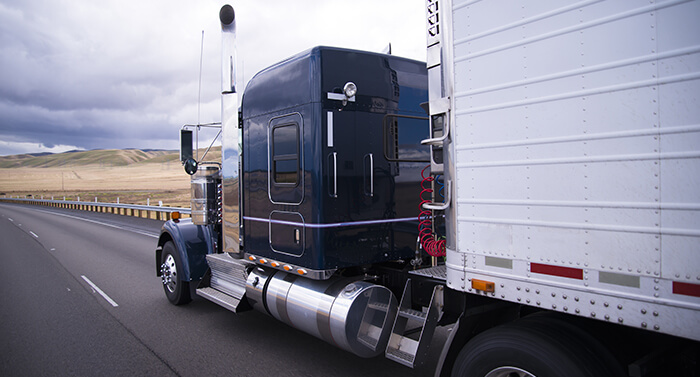There are many ways to make an educated guess or a hard decision. You can do a bit of Googling, toss a coin, or even consult a Magic 8 Ball. But some things really shouldn’t be left to chance, and calculating freight costs are high up on that list. After all, failure to plan can lead to some rude surprises later when you’re comparing 3PL logistics solutions in the US and Canada. So how can you be sure you’ve gotten it right?
Challenges to Calculating Shipping Costs
Sometimes shipping is straightforward enough that you don’t even think of it as “shipping.” When you want to send a thank-you note to a client, you simply slip it into an envelope, slap on a Forever stamp, and if you’re lucky, it’ll be there before Christmas of 2023. But when your business depends not only on keeping everything from raw materials to finished merchandise flowing freely and moving fast, hope isn’t a strategy.
How Are Freight Costs Calculated?
Let’s return to that thank you note for a moment. As far as you’re concerned, it’s a simple transaction. You know the origin (your post office or dropbox) and the destination (your client). Even the rate is already set.
But that convenience, whether it’s a postcard or a flat-rate box from a commercial carrier like UPS or FedEx, is misleading. Because even that “flat” rate is the result of some very complex calculations, even when you can’t see what’s going on behind the scenes. In reality, the expedited shipping equation looks more like this:
- The origin of the cargo
- The shipment’s destination
- How quickly delivery is expected
- What’s involved in pickup
- The type, size, and weight of, as well as the space occupied by, the cargo
- The conveyance (what’s getting your cargo, be it a box of chocolates, a pallet of cocoa beans, or an excavator, from point A to point B)
- The distance it’s traveling
- Fuel and payroll costs
- Associated costs for transfer between modes of shipping (ship-to-shore, last-mile shipping, and the like)
- Any additional services, including tracking, insurance, off-loading, and more
Those calculations can be thrown out of whack by several other considerations. For example, fuel costs, shipping volume, local market forces, and available rolling stock aren’t constants.
Understanding and Controlling Shipping Costs
They say that a little knowledge is a dangerous thing. Getting the numbers wrong, which is easy to do with inexperience and an incomplete understanding of the variables, may only account for a rounding error on a Fortune 500 company’s balance sheet. But for many SMBs, it can be catastrophic, resulting in lost revenues and a credibility hit that can damage relationships with suppliers and customers. So it’s best not to “wing it” and hope for the best.
Instead, get an estimate from an experienced freight broker. Their experience will be to your benefit. But remember one very important fact: the quality of the estimate—the information you get out of it, and us—is only as good as what goes in. Earlier we likened this to an equation; if any part of the equation is wrong, you can’t get the whole correct. So revisit the checklist above, and keep a few things in mind as you go:
- Time is money; the shorter your lead time, or the faster your delivery time, the higher your costs
- Specialization costs, too; a heavy haul trailer will be more expensive, especially if demand is high at the moment
- Market conditions, including fuel prices and other location-dependent variables, make a difference
- Flexibility helps, which is why a willingness to be flexible with timing, trailer types, etc., helps to control costs
Since you want a number that sticks, give as much lead time as you practically can; that gives room for planning and even discounts. Also be as precise as possible with commodity types, weight, and load sizes. If we have similar shipments headed to the same destination (or two that are close to each other), that can also save. But inaccurate information is nearly always what leads to “surprise” costs down the line.
Estimating 3PL Freight Costs in the US
If you’ve read this far, you’ve come to realize a few things. First, that shipping comes with some variables and moving parts. Second, that it doesn’t come cheap. And third, that something with a lot of variables and costs involved probably isn’t best left to back-of-the-envelope scribbling.
Now what?
Our advice is to save yourself the guesswork, headaches, and aspirin. Instead, get in touch with Able Transport Solutions, and get a no-cost 3PL shipping quote from a nationally recognized freight broker. After all, no matter what you’re hauling, where, or when, you deserve answers, numbers, and especially a partner, that you can trust.


